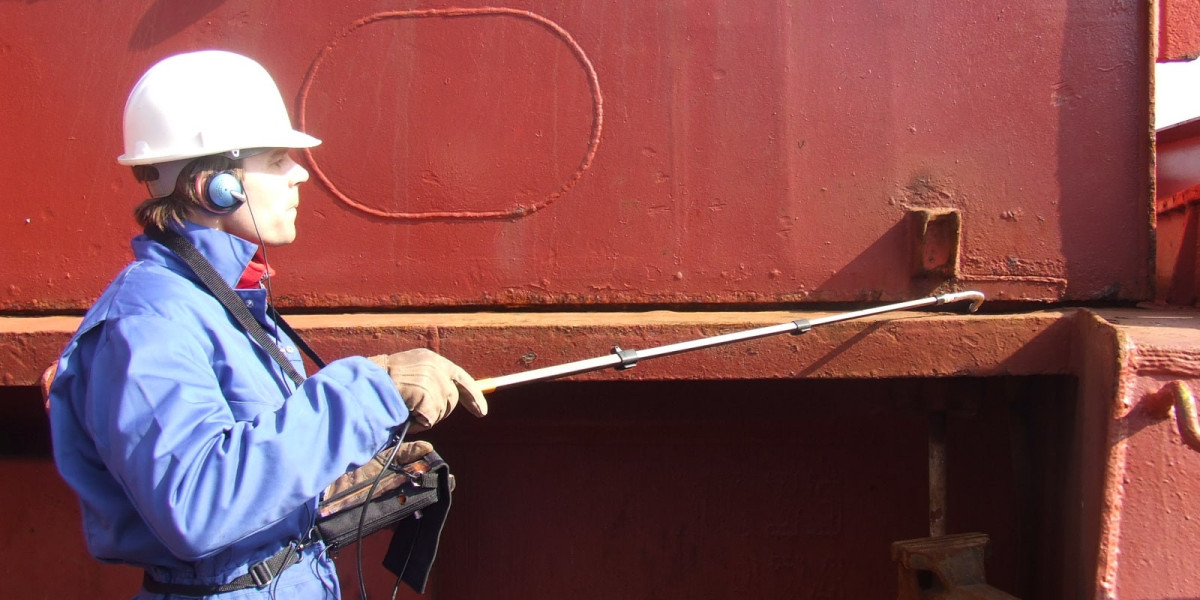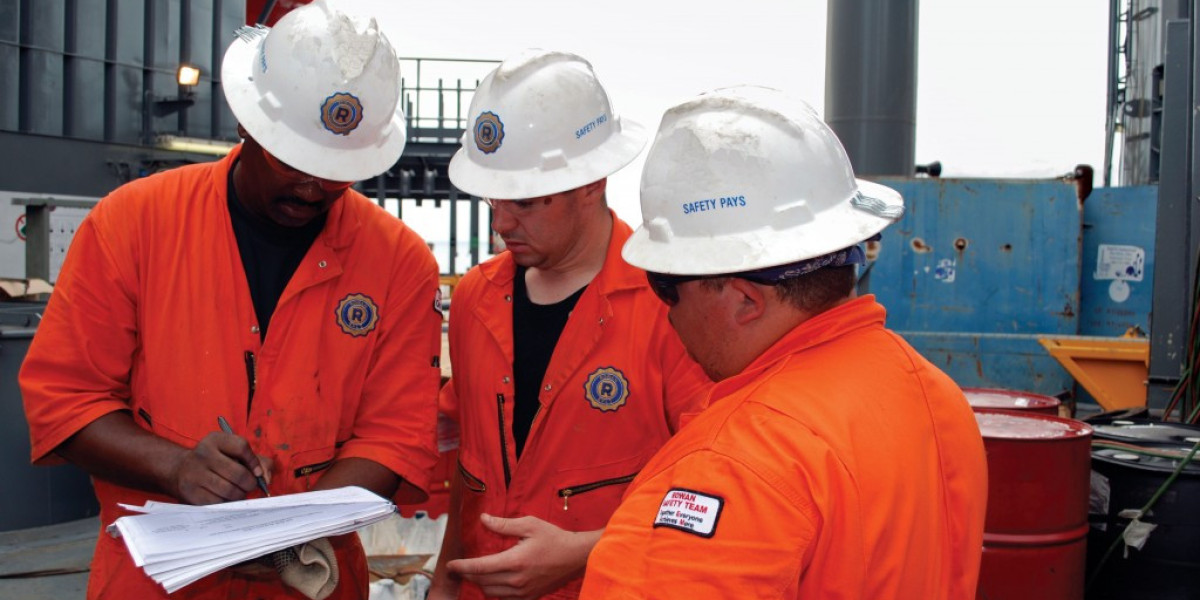Hatch covers are critical in securing cargo on maritime vessels, acting as barriers against water ingress and environmental hazards. Over time, these covers are subjected to wear due to exposure to rough seas, temperature changes, and constant use. A reliable testing method is essential to ensure their continued efficiency. Ultrasonic hatch cover tightness testing has become a preferred technique for detecting leaks, offering ship operators a more precise and efficient solution than traditional methods. This article discusses the benefits of ultrasonic testing, the role of ultrasonic hatch cover testers, and the importance of routine maintenance of hatch covers.
Why Hatch Cover Tightness is Essential
Water ingress is one of the biggest risks cargo vessels face, potentially causing cargo damage, operational delays, and safety hazards. Even minor gaps in hatch covers can allow seawater to enter cargo holds, leading to costly repairs and disputes over damaged goods. Ensuring the tightness of hatch covers is crucial for the safety of both cargo and crew.
Traditional methods like hose water testing are no longer sufficient. They are often time-consuming and dependent on favourable weather conditions. In contrast, ultrasonic hatch cover tightness testing offers a more effective solution, helping ship operators quickly detect and address any weaknesses in their hatch covers.
How Ultrasonic Hatch Cover Tightness Testing Works
Ultrasonic testing is a non-invasive, highly accurate method of identifying leaks. The process involves:
- Ultrasonic transmitter: Placed inside the cargo hold, it emits high-frequency sound waves.
- Ultrasonic receiver: Used by an inspector on the outside of the hatch cover to detect any escaping sound.
- Leak detection: If the ultrasonic waves are detected outside, it indicates a gap or leak in the cover’s seal.
This technique allows for rapid and precise identification of problem areas, making it easier to conduct repairs before embarking on a voyage.
The Importance of Ultrasonic Hatch Cover Testers
Ultrasonic hatch cover testers are essential tools for ship operators and maritime surveyors. These devices provide quick, reliable results, helping operators identify potential problems with minimal disruption to cargo operations. Cygnus Instruments, a leader in ultrasonic technology, offers advanced testers designed to meet the demanding conditions of maritime environments.
Benefits of ultrasonic hatch cover testers
- Precision: Detects even the smallest leaks, preventing costly damage.
- Speed: Fast testing ensures minimal downtime during cargo operations.
- Non-invasive: No need for water, reducing the risk of adding moisture to cargo holds.
- Cost-effective: Early leak detection helps avoid expensive repairs and cargo losses.
- User-friendly: Lightweight and easy to operate, making it ideal for quick inspections.
Using ultrasonic hatch cover testers from providers like Cygnus Instruments ensures ship operators can maintain cargo safety, regulatory compliance, and operational efficiency.
Maintenance of Hatch Covers: A Key to Long-Term Performance
Routine maintenance of hatch covers is essential for ensuring their performance over time. Without regular care, covers can deteriorate, leading to gaps and leaks that compromise cargo safety. A structured maintenance programme helps extend the lifespan of hatch covers, reducing the likelihood of unexpected repairs and operational delays.
Essential steps for maintaining hatch covers
- Visual inspections: Regularly check for visible signs of corrosion, cracks, or mechanical damage.
- Seal inspection and replacement: Monitor rubber seals for stiffness or wear and replace them promptly.
- Cleaning and drainage maintenance: Ensure drainage channels are clear to prevent water build-up and corrosion.
- Lubrication: Apply appropriate lubricants to moving parts to prevent mechanical issues.
- Scheduled ultrasonic testing: Perform regular ultrasonic tests to detect hidden leaks early.
Incorporating these practices ensures hatch covers remain in top condition, safeguarding cargo on every voyage.
Cygnus Instruments: A Leader in Ultrasonic Technology
Cygnus Instruments is a well-known name in the maritime industry, providing advanced ultrasonic hatch cover testers designed for precision and durability. These devices are built to withstand the challenges of the marine environment, offering reliable performance even in the toughest conditions. Cygnus Instruments’ commitment to innovation ensures their products meet international maritime standards, helping ship operators maintain safety and compliance.
Their ultrasonic testers empower maritime professionals to detect potential leaks early, ensuring the cargo remains safe and operations run smoothly.
Advantages of Ultrasonic Testing over Traditional Methods
Traditional methods like hose water testing have limitations that make them less effective:
- Weather dependency: Tests must be conducted in dry conditions, causing delays if weather conditions are unfavourable.
- Water usage: Introducing water during testing increases the risk of moisture entering cargo holds.
- Time and labour-intensive: These tests require more personnel and longer testing periods.
Ultrasonic testing offers a more practical solution:
- All-weather capability: Tests can be performed regardless of weather conditions.
- Quick results: Immediate feedback allows for rapid decision-making and quick repairs.
- Non-disruptive: No water usage means no risk of introducing moisture into cargo holds.
- Minimal downtime: Fast testing ensures cargo operations remain uninterrupted.
Ultrasonic hatch cover tightness testing is not only more accurate but also more efficient, making it the preferred choice for modern ship operators.
Conclusion: Proactive Testing and Maintenance for Cargo Safety
Maintaining the integrity of hatch covers is essential for the safety of cargo, vessel stability, and operational efficiency. Ultrasonic hatch cover tightness testing provides a reliable, non-invasive method for detecting leaks, helping ship operators address issues early and avoid costly disruptions.
Investing in ultrasonic hatch cover testers from trusted providers like Cygnus Instruments ensures accurate, quick results, empowering ship operators to maintain high safety standards. Alongside advanced testing, a proactive maintenance routine is essential to extend the life of hatch covers and minimise risks.
By combining regular inspections, prompt repairs, and ultrasonic testing, ship operators can optimise their operations and safeguard cargo throughout every voyage. In a competitive maritime industry, adopting best practices for testing and maintenance is not just a recommendation—it is essential for long-term success.










